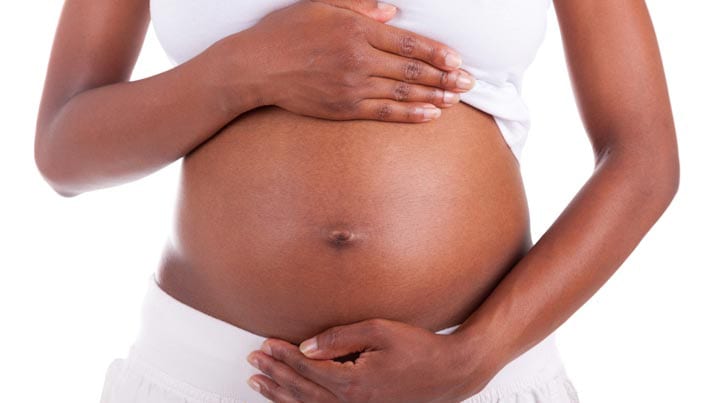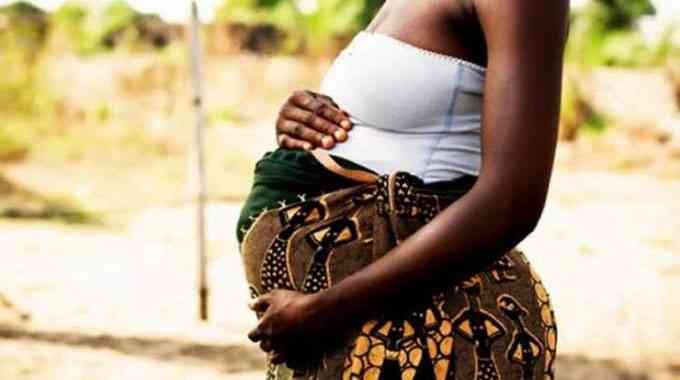
BY MIRIAM MANGWAYA
SUB-SAHARAN African countries, including Zimbabwe, account for two-thirds of the maternal deaths recorded globally, the World Health Organisation (WHO) has said.
In its newsletter on global targets to prevent maternal deaths which was released on Tuesday, WHO said most maternal deaths were concentrated in a relatively small number of countries.
Zimbabwe has been named among countries that have the highest maternal mortality rates in the world, with a ratio of 462 deaths per 100 000 live births, and neo-natal mortality rate of 32 deaths per 1 000 live births.
WHO says globally, maternal mortality declined by more than a third between 2000 and 2017, but an estimated 810 women continue to die each day due to complications during pregnancy and childbirth.
The women die mostly from preventable or treatable causes, such as infectious diseases and complications during or after pregnancy and childbirth.
“Most maternal deaths are concentrated in a relatively small number of countries, with two-thirds occurring in Sub-Saharan Africa. Countries with the highest burden need intensified support to ensure women and children receive the healthcare they need at this critical stage of life.
“For every woman who dies of pregnancy-related causes, many more suffer from morbidity, disabilities and ill-health that can last a lifetime. Worryingly, the COVID-19 pandemic has caused major disruptions to health services that have exacerbated such risks, particularly for the most vulnerable families,” the WHO statement said.
- Chamisa under fire over US$120K donation
- Mavhunga puts DeMbare into Chibuku quarterfinals
- Pension funds bet on Cabora Bassa oilfields
- Councils defy govt fire tender directive
Keep Reading
The health organisation said there was need for concerted efforts to increase commitment and investment, with approaches tailored to local contexts and challenges in order to fulfil sustainable development goal (SDG) 3.1 for reducing maternal deaths.
WHO director for maternal, child and adolescent health and ageing, Anshu Banerjee urged governments to ensure that they provide affordable healthcare services to pregnant women to prevent death while delivering.
“All women and babies need access to affordable and high quality care before, during and after pregnancy and childbirth,” Banerjee said.
“These new targets will be critical for delivering an effective continuum of care for maternal and new-born health, from access to sexual and reproductive health services to those vital checks in pregnancy, as well as the often neglected post-natal period.”
In 2017, the Zimbabwean government implemented a policy to provide free maternal healthcare in public health institutions but inconsistent funding has derailed the programme.
WHO urged stakeholders to support donor efforts for maternal health and strengthen inter-sectoral policy dialogues encompassing female education and security together with a human rights-based approach to sexual, reproductive, maternal and new-born health.
Follow Miriam on Twitter @FloMangwaya











